Two years ago, saving $10,000 for an emergency fund felt impossible. I lived paycheck to paycheck and couldn’t spare hundreds each month like the experts suggested. But I could manage $5 a week—the price of a coffee I didn’t really need. That small start changed everything.
I built my $10,000 emergency fund in under four years by automating savings, increasing contributions over time, and using smart strategies. I didn’t need to earn more or make drastic lifestyle changes. Instead, I created a system that worked with my tight budget. Momentum built slowly, but it built.
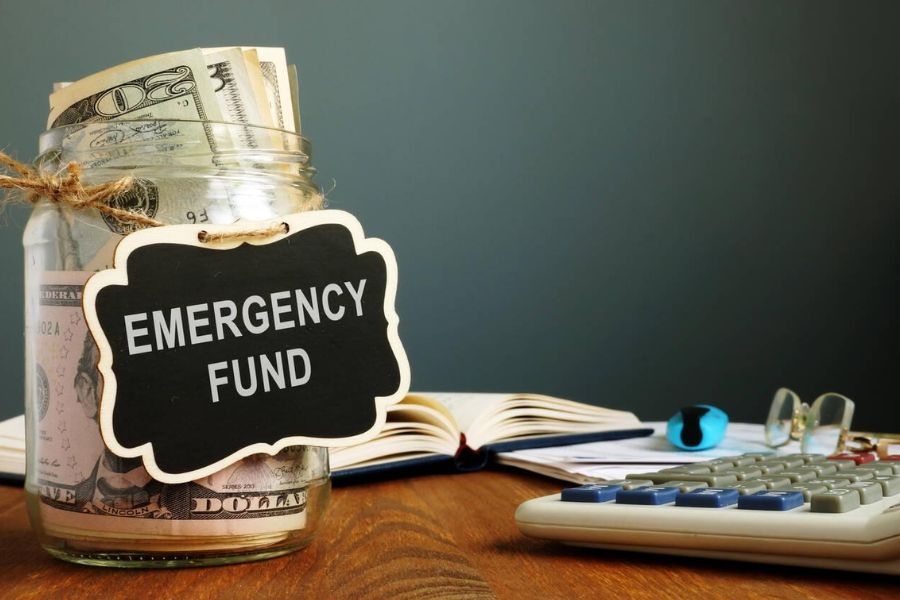
Emergency funds aren’t just for people with high incomes or spare cash. Anyone can build financial security by starting with what they can afford. The peace of mind I feel now made every small sacrifice worth it.
Key Takeaways
- You can build an emergency fund on any budget by starting small and staying consistent.
- Automate your savings and increase amounts over time to grow your fund faster.
- A strong emergency fund provides peace of mind when the unexpected happens.
Setting the Foundation for a $10,000 Emergency Fund
Building a solid emergency fund starts with understanding its purpose and how much you need. Knowing the difference between emergencies and everyday expenses is crucial.
1. What Is an Emergency Fund and Why Do You Need One?
An emergency fund is money set aside for unexpected expenses that could disrupt your finances. This cushion protects you from debt when life throws curveballs. My fund serves three main purposes. It covers sudden costs like medical bills or car repairs, replaces income if I lose my job, and gives me peace of mind knowing I can handle emergencies.
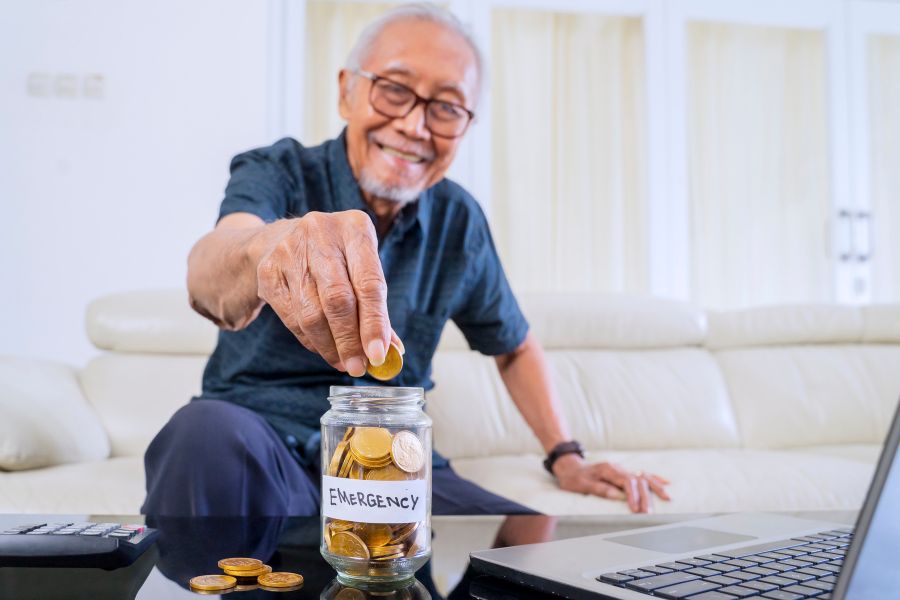
Experts recommend keeping this money separate from regular savings. I only use my emergency fund for true emergencies—job loss, medical bills, urgent home repairs, or essential car fixes.
Vacations, new clothes, or gifts don’t qualify.
2. How Much Should You Save? Calculating Your Emergency Fund Goal
Most experts suggest saving three to six months of living expenses. I started by listing my monthly essentials:
| Expense Category | Monthly Amount |
|---|---|
| Rent/Mortgage | $800 |
| Food | $300 |
| Utilities | $150 |
| Transportation | $200 |
| Insurance | $100 |
| Total | $1,550 |
I multiplied my monthly expenses by six for $9,300. For motivation, I rounded up to a $10,000 goal.
Your target depends on job stability and family needs. If you have irregular income or dependents, aim for six months. Stable jobs may need only three months.
3. Essential vs. Nonessential Expenses: What Counts?
Separating essentials from extras helped me build my fund faster. Essentials keep you afloat: housing, utilities, food, medications, transportation, insurance, and minimum debt payments. Nonessentials include dining out, entertainment, subscriptions, new clothes, and hobbies.
I cut back on nonessentials, cooked at home, and canceled unused subscriptions. When calculating my fund, I only counted essentials. This made my goal more achievable and focused on covering real needs.
Strategic Steps to Save Starting With $5 a Week
Building a $10,000 emergency fund with $5 a week takes planning and steady habits. Here’s what worked for me.
4. Set Realistic Savings Milestones
Small, achievable targets kept me motivated. With $5 weekly, I saved $260 in my first year. I set milestones like:
- First $500: 19 weeks of $5 plus extra money
- First $1,000: 6-8 months with windfalls and cash back
- $2,500: 12-15 months combining weekly savings with bonuses
- $5,000: 24 months of steady growth
- $10,000: 36-48 months, depending on income increases
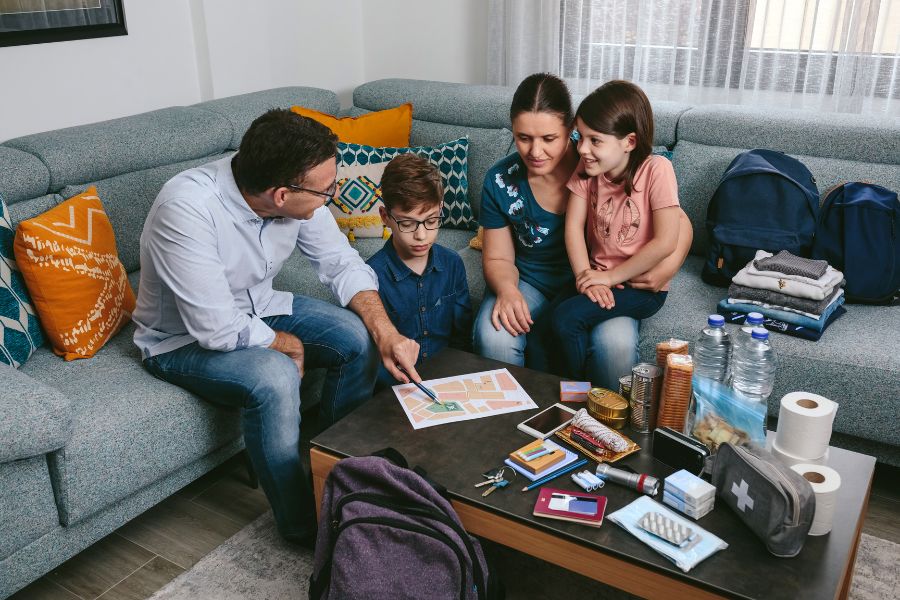
I celebrated each milestone with a small reward, like a $20 dinner after hitting $1,000. Breaking the goal into chunks made it manageable and motivating.
5. Budget for Consistent Contributions
Treat your weekly savings like a fixed expense. My monthly target started at $20, right alongside rent and utilities.
I tracked my spending to find savings:
- Coffee: Cut from $15 to $10 weekly, sending $5 to savings
- Subscriptions: Canceled unused apps, added $12 monthly to savings
- Groceries: Meal planning saved $25 monthly
When my income increased, I raised my weekly contribution before letting my lifestyle inflate. I kept my savings in a separate account to avoid temptation.
6. Automate Your Savings
Automation removed willpower from the equation. I set up automatic $5 transfers every Friday.
My bank split my direct deposit, sending $10 from each paycheck straight to savings. This meant $20 a month went to my emergency fund before I could spend it.
Automatic cash back from my credit card also landed in my savings each month, adding $15–$30 without effort.
Whenever I got a raise, I increased my automatic transfer. The system made saving easy.
7. Use Windfalls and Cash Back to Accelerate Growth
Unexpected money sped up my progress. Every tax refund, bonus, and cash back reward went straight to savings.
Here’s my windfall strategy:
- Tax refunds: 100% to my emergency fund
- Bonuses: 75% to savings, 25% for fun
- Gift money: Over $50, straight to savings
- Selling items: All proceeds to the fund

Cash back programs added about $25 monthly. I opened a high-yield savings account so my balance earned more interest. Side income from freelance work also went directly into my emergency fund.
These extras often beat my weekly $5, helping my fund grow faster.
Maximizing the Growth and Security of Your Emergency Fund
After building my fund, I focused on where to keep it and how to protect it.
8. Choose the Right Savings Account
Not all savings accounts are equal. My first emergency fund earned just 0.01% interest at a big bank. That was a costly mistake.
I switched to a dedicated emergency fund account, separate from my checking. This stopped accidental spending.
Look for:
- FDIC insurance up to $250,000
- No monthly fees or minimums
- Easy online access for emergencies
- **No withdrawal penalties
Online banks usually offer the best rates. I can access my money in 1–2 business days, which works for most emergencies.
9. Take Advantage of High-Yield Accounts
High-yield savings accounts made a big difference. When I moved my $10,000 to an account earning 4.5% APY, I started earning about $450 a year.
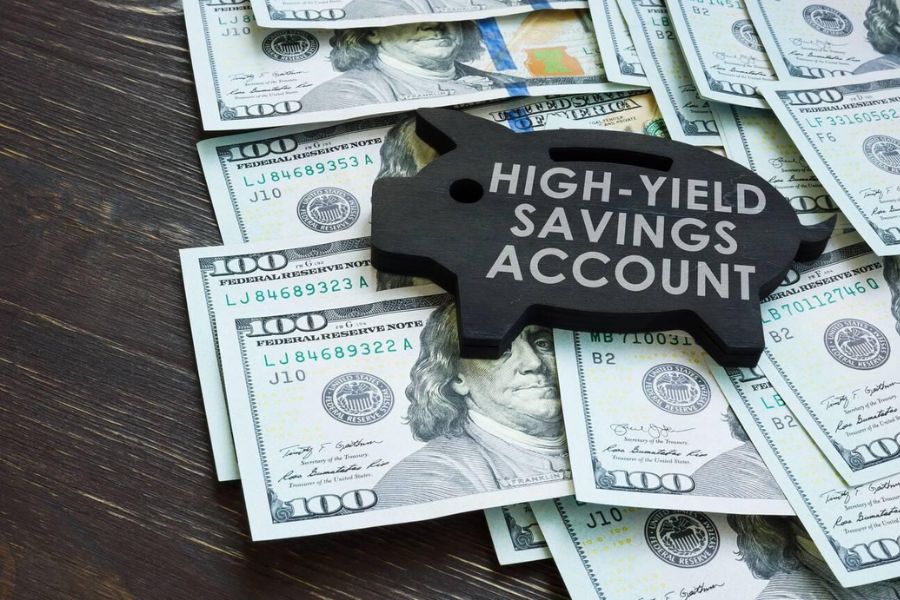
Interest compounds monthly, so I earn interest on my interest. I check rates every six months and move my fund if I find a better deal.
Sticking with online banks that consistently offer high rates keeps my money growing.
10. Avoid Credit Cards and Loans for Emergencies
A fully-funded emergency account means I never need to rely on credit cards or loans. Credit cards can charge 18%–29% interest. A $3,000 car repair could cost an extra $500 in interest over a year.
Personal loans might be cheaper but still add stress and monthly payments. My emergency fund gives me access to cash with zero interest.
I keep one credit card locked away for true emergencies. My fund covers almost all unexpected costs, protecting my credit score and reducing stress.
Using Your Emergency Fund When Life Happens
Your emergency fund shines when surprises hit. Knowing when to use it is key.
11. When to Tap Your Fund: Real Emergencies Only
Job loss is the top reason to use your emergency fund. It covers more than paychecks—think health insurance premiums and job search costs.
Medical bills are another big one. Even with insurance, surprise expenses can be huge. I use my fund for any medical cost over $500 that insurance doesn’t cover.
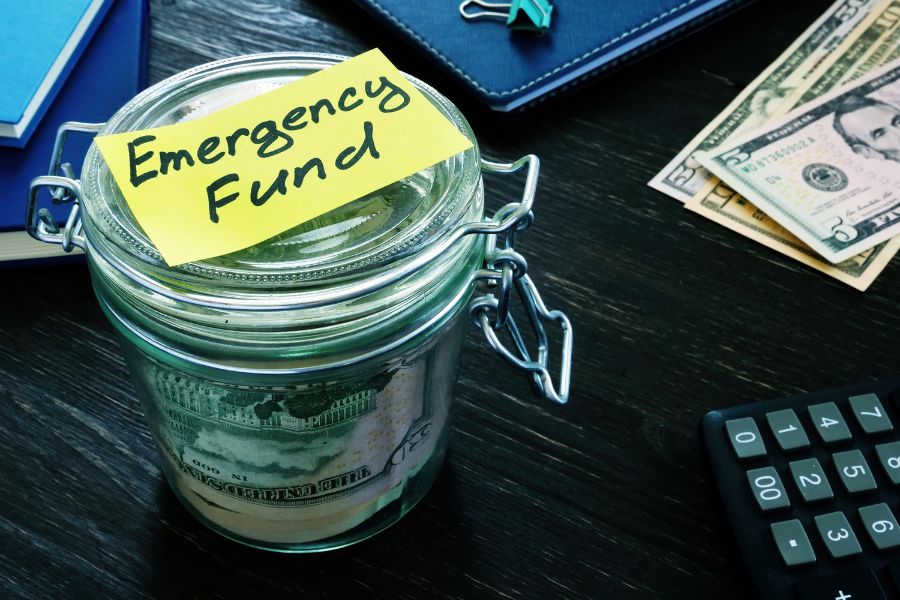
Other true emergencies include:
- Major home repairs like roof leaks or broken furnaces
- Essential car repairs needed for work
- Family emergencies that require travel or support
- Urgent legal issues
If the expense is urgent, unexpected, and necessary for basic living, I use my fund.
12. Covering Home and Car Repairs Stress-Free
When my water heater failed last winter, I calmly used my emergency fund instead of panicking about the $1,200 bill. I could focus on finding a quality repair, not just the cheapest.
The same goes for car repairs. My transmission needed $800 in repairs, and my fund saved me from high-interest debt.
After using the fund, I work to replace the money within 30 days. For bigger withdrawals, I aim to refill it within three months.
13. Protecting Your Fund for True Emergencies
Not every unexpected expense is an emergency. I learned to separate wants from needs.
Non-emergencies include:
- Vacations or entertainment
- Home upgrades
- Regular car maintenance
- Gifts
- Sale items

I created a separate “opportunity fund” for these extras. This keeps my emergency fund ready for real emergencies.
Whenever I use emergency money, I document the reason and amount. Tracking helps me spot patterns and adjust my budget. I treat withdrawals seriously and work quickly to restore my balance.
Building a $10,000 emergency fund with just $5 a week is possible. Start small, stay consistent, and use every tool at your disposal. The peace of mind and financial freedom you gain are worth every dollar saved.
Frequently Asked Questions
Building a $10,000 emergency fund with just $5 a week can feel overwhelming. I faced plenty of questions about timelines, where to keep the money, and how it works in real life.
Let me walk you through the most common concerns I tackled during my own savings journey.
1. What is an emergency fund and why does it matter?
An emergency fund is cash you set aside for unexpected expenses or sudden income loss. I keep mine in a separate savings account so I don’t accidentally spend it.
This money helps pay for things like medical bills, car repairs, or losing a job—without turning to credit cards. That way, I avoid piling up debt during tough times.
Most experts suggest saving three to six months of living expenses. When I started, I aimed for $1,000 before working up to $10,000.
2. How can I track my emergency fund savings goals?
I like using a simple spreadsheet to track my weekly $5 contributions. The basic formula multiplies your weekly savings by the number of weeks.
If you save $5 a week, you’ll need 2,000 weeks to hit $10,000—that’s about 38 years. That timeline motivated me to bump up my contributions when I could.
I add columns for deposit dates and running totals. This lets me see my progress and quickly spot any missed weeks.
3. What are some smart strategies to reach $10,000 with weekly or bi-weekly contributions?
I set up automatic transfers of $5 every Friday. This made saving effortless and helped me stay consistent.
Whenever I got extra money—like tax refunds or birthday gifts—I added it straight to my emergency fund. Those windfalls made a huge difference.
I also used a round-up app to save spare change from purchases. A few cents here and there added up over time.
If you get paid every two weeks, try contributing $10 every payday instead. I found this matched my paycheck rhythm and felt more manageable.
4. When has an emergency fund saved me from financial stress?
Last year, my car’s transmission broke and the repair bill was $2,800. My emergency fund saved me from taking out a high-interest loan.
During a slow season at work, my boss cut my hours. I used $1,200 from my fund to cover rent and groceries for six weeks.
A trip to the emergency room cost me $450 after insurance. I paid it straight from my savings.
When my water heater broke, I needed $900 for plumbing repairs. My fund covered it and saved my home from more damage.
5. How can I use savings challenges like the 52-week money challenge to boost my fund?
I tweaked the 52-week challenge to fit my budget. Instead of raising the amount each week, I stuck with a steady $5.
Traditionally, you start with $1 in week one, then add $1 more each week. By week 52, you’ve saved $1,378.
Sometimes, I layer small monthly challenges on top of my weekly savings. For example, in January, I saved an extra $31.
Automating these challenges helps me stay on track. I also keep separate savings accounts for different goals so I don’t get confused.
What are the best practices for deciding where to keep an emergency fund for both growth and accessibility?
I keep my emergency fund in a high-yield savings account. This type of account usually earns around 4% interest, which is much better than what traditional savings accounts offer.Online banks often provide higher rates than brick-and-mortar banks. When I need to access my money, I can usually get it within one business day.I avoid keeping my emergency fund in a checking account. When the money is too easy to reach, I find it tempting to spend on non-emergencies.I use a separate account for my emergency fund. This simple step helps me stay disciplined and keeps my savings safe for real emergencies.Certificates of deposit (CDs) aren’t a good fit for emergency funds. CDs lock up your money for months, and I want to be able to access my cash within days if something unexpected happens.
Building an emergency fund is about balance. I look for accounts that offer growth through interest but don’t sacrifice easy access when life throws a curveball.

